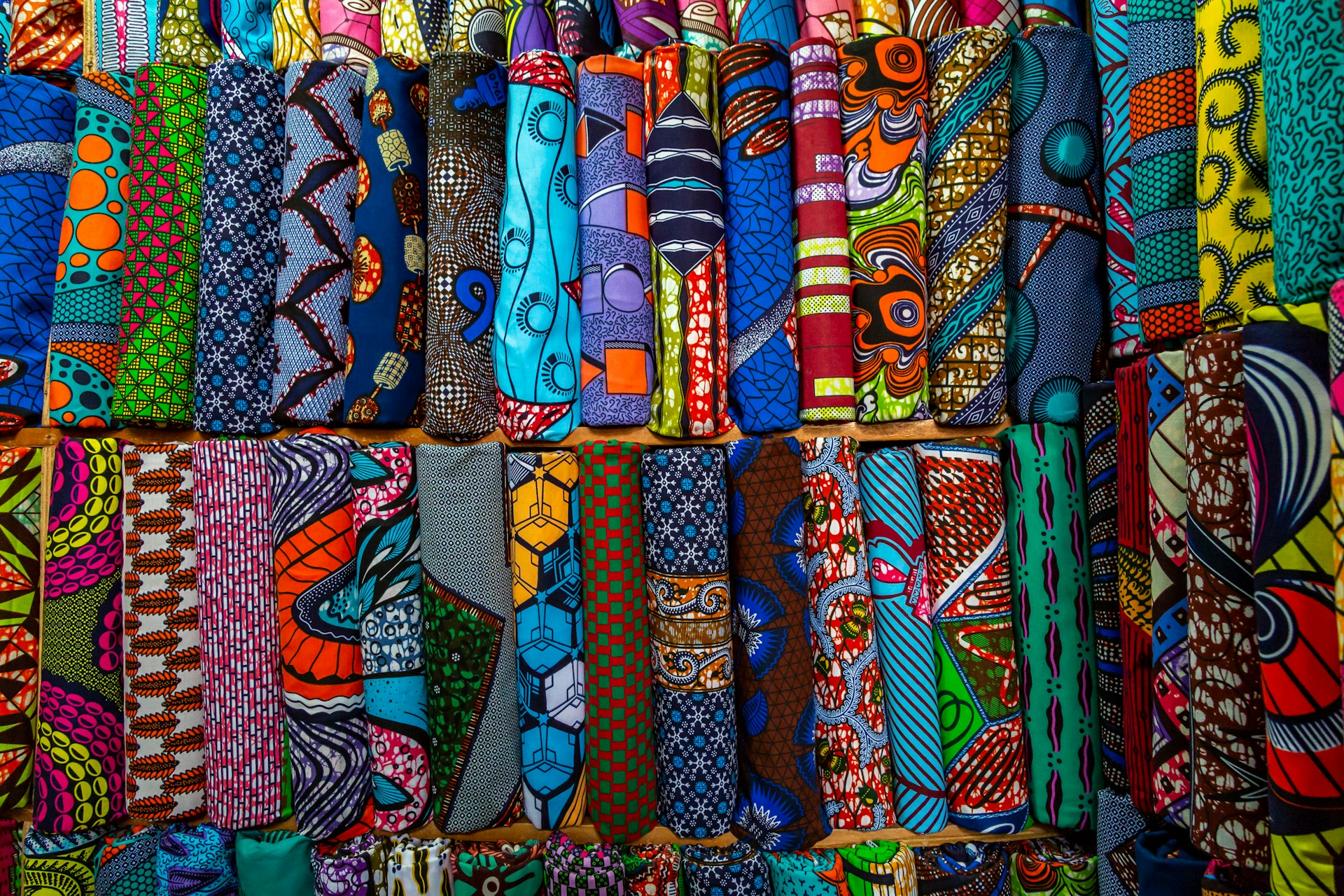The attire of religious leaders has always been a subject of fascination and significance. Among the most recognized and symbolic garments in Christian denominations are bishop robes. These elaborate vestments are not just pieces of clothing but are deeply rooted in history, tradition, and theology. In contemporary discussions, however, there’s an ongoing debate: are bishop robes a tradition or a necessity? This article delves into this question, exploring various facets of the topic through different headings.
Historical Origins of Bishop Robes
The history of bishop robes can be traced back to the early centuries of Christianity. Initially, the garments worn by bishops and other clergy members were not significantly different from those of the laity. However, over time, as the Christian church became more institutionalized, distinct vestments began to emerge.
Early Christian Attire
In the early church, bishops wore simple garments that were similar to those of the average Roman citizen. These included the tunic and pallium, which were practical and modest. As Christianity gained prominence, the attire of the clergy began to evolve, incorporating more elaborate and symbolic elements to distinguish religious leaders from the laity.
Medieval Developments
During the medieval period, bishop robes became more ornate and standardized. The liturgical garments, such as the chasuble, mitre, and cope, were introduced, each with specific religious and ceremonial significance. These vestments not only served as symbols of the bishop’s authority but also reflected the splendor and grandeur of the church.
Theological Significance of Bishop Robes
The theological underpinnings of bishop robes are profound. These garments are not merely for aesthetic appeal but are imbued with deep religious meaning.
Symbolism and Sacrality
Bishop robes are rich in symbolism. For instance, the mitre, a distinctive hat worn by bishops, represents the tongues of fire that descended on the Apostles at Pentecost. The stole, another essential vestment, symbolizes the yoke of Christ, signifying the bishop’s role as a servant leader. Each element of the robe is designed to remind the bishop and the congregation of their spiritual responsibilities and commitments.
Liturgical Functions
In liturgical settings, bishop robes serve to enhance the solemnity and reverence of the worship experience. The vestments are carefully designed to reflect the glory of God and the beauty of the sacred liturgy. The use of specific colors and designs for different liturgical seasons further underscores the connection between the attire and the church’s calendar.
Bishop Robes: Tradition or Necessity?
The debate over whether bishop robes are a tradition or a necessity is multifaceted, encompassing historical, theological, and practical considerations.
Tradition and Continuity
One argument for the continuation of bishop robes is the value of tradition and continuity. These vestments are a tangible link to the church’s past, representing centuries of religious heritage and practice. Preserving this tradition helps maintain a sense of identity and stability within the church.
Practical Necessity
On the other hand, some argue that bishop robes serve practical purposes beyond mere tradition. The distinct attire helps to identify the bishop during liturgical services and public events, providing a clear visual marker of their authority and role within the church hierarchy. In this sense, the robes are seen as necessary for maintaining order and clarity within the church community.
Modern Priest Outfit: A Shift in Attire?
The conversation about bishop robes inevitably leads to discussions about the modern priest outfit. As society and culture evolve, so too does the attire of religious leaders.
Contemporary Changes
In recent years, there has been a noticeable shift towards more simplified and practical vestments for priests. The modern priest outfit often reflects a balance between tradition and modernity, incorporating elements of both in a way that meets the needs of contemporary clergy and congregations.
Balancing Tradition and Modernity
While some priests continue to wear traditional vestments, others have adopted more modern attire, such as clerical shirts and suits. This shift reflects a broader trend within the church to adapt to changing times while still honoring the essence of its traditions. The challenge lies in finding a balance that respects the past while remaining relevant in the present.
The Role of Culture in Shaping Clerical Attire
Culture plays a significant role in shaping the attire of religious leaders, including bishop robes and the modern priest outfit.
Cultural Influences on Bishop Robes
Throughout history, bishop robes have been influenced by the cultural contexts in which they were worn. In different regions and eras, the style, materials, and decorations of these vestments have varied, reflecting local customs and artistic trends. This cultural adaptability has allowed the church to maintain its relevance and connection to the communities it serves.
Contemporary Cultural Shifts
In today’s globalized world, cultural influences on clerical attire are more pronounced than ever. The modern priest outfit often incorporates elements from various cultures, creating a more inclusive and diverse representation of the church. This blending of traditions can be seen as a way to bridge gaps and foster a greater sense of unity within the global Christian community.
The Impact of Modernization on Clerical Attire
Modernization has had a significant impact on the attire of clergy members, including bishop robes and the modern priest outfit.
Technological Advancements
Advancements in textile technology and manufacturing have made it possible to produce high-quality vestments more efficiently and affordably. This has allowed for greater accessibility and variety in clerical attire, enabling bishops and priests to choose garments that best suit their needs and preferences.
Changing Perceptions
Modernization has also led to changing perceptions of what is considered appropriate or necessary for clerical attire. As societal norms evolve, so too do the expectations placed on religious leaders. This shift has prompted a reevaluation of traditional vestments, leading some to advocate for more contemporary and practical options.
The Future of Bishop Robes and Clerical Attire
The future of bishop robes and clerical attire is likely to be shaped by ongoing discussions about tradition, necessity, and modernization.
Adapting to Contemporary Needs
As the church continues to navigate the complexities of the modern world, it will need to find ways to adapt its traditions to meet contemporary needs. This may involve reimagining bishop robes and the modern priest outfit to ensure they remain relevant and meaningful for both clergy and congregations.
Preserving Heritage
At the same time, there will be a continued emphasis on preserving the rich heritage of clerical attire. The challenge will be to strike a balance between honoring the past and embracing the future, creating a cohesive and dynamic expression of faith and identity.
Conclusion
The question of whether bishop robes are a tradition or a necessity is complex and multifaceted. These garments are deeply rooted in history and theology, serving as symbols of authority, continuity, and sacredness within the church. At the same time, the evolving nature of society and culture calls for a reexamination of traditional vestments, leading to the emergence of the modern priest outfit.
Ultimately, the significance of bishop robes lies in their ability to connect the present with the past, creating a bridge between tradition and modernity. As the church continues to grow and evolve, it will need to navigate these tensions thoughtfully and creatively, ensuring that its attire remains a meaningful and powerful expression of faith.












